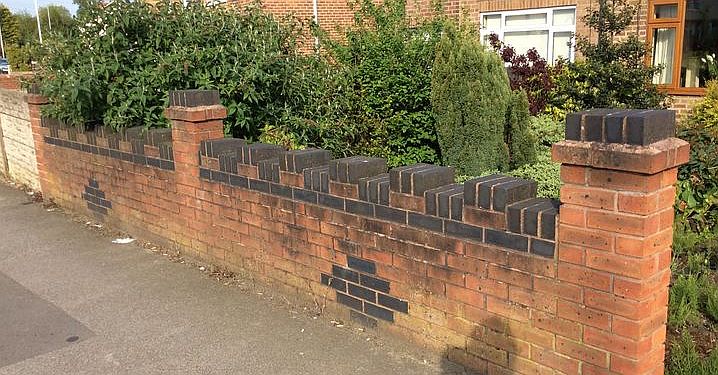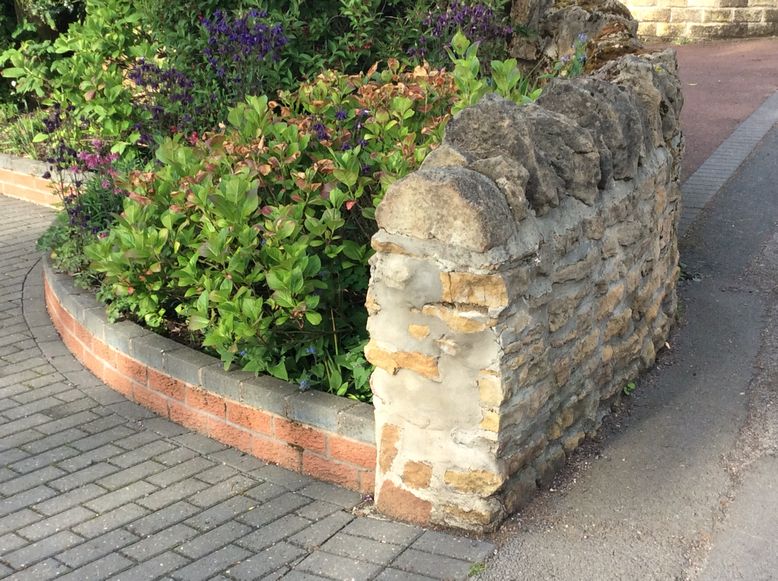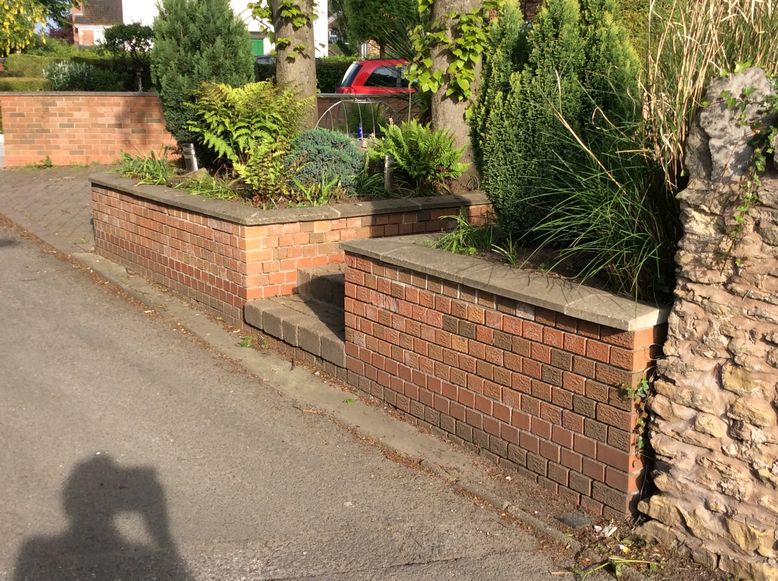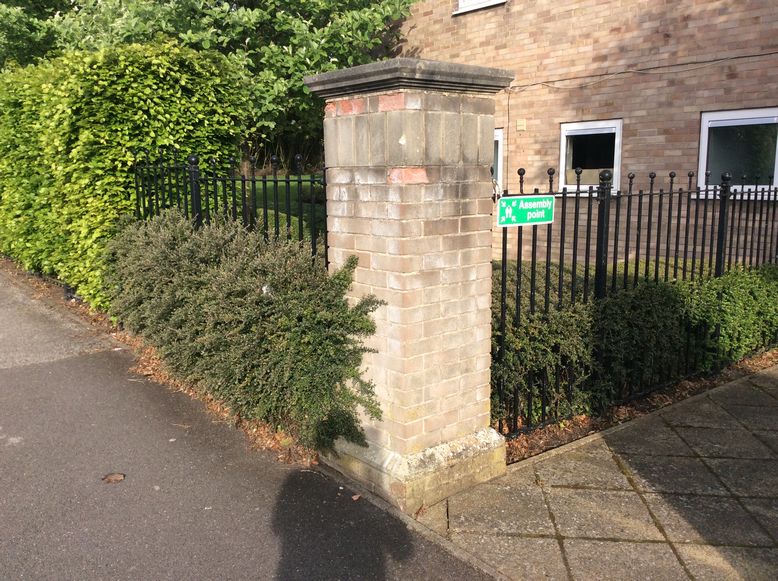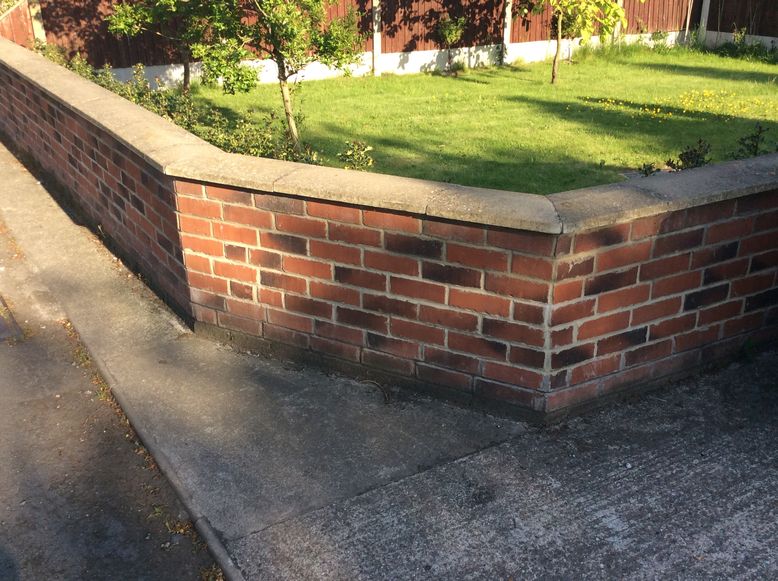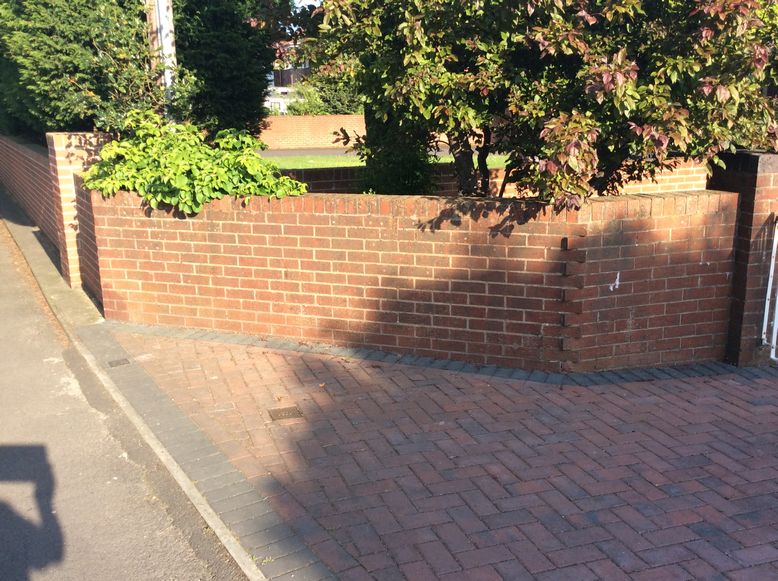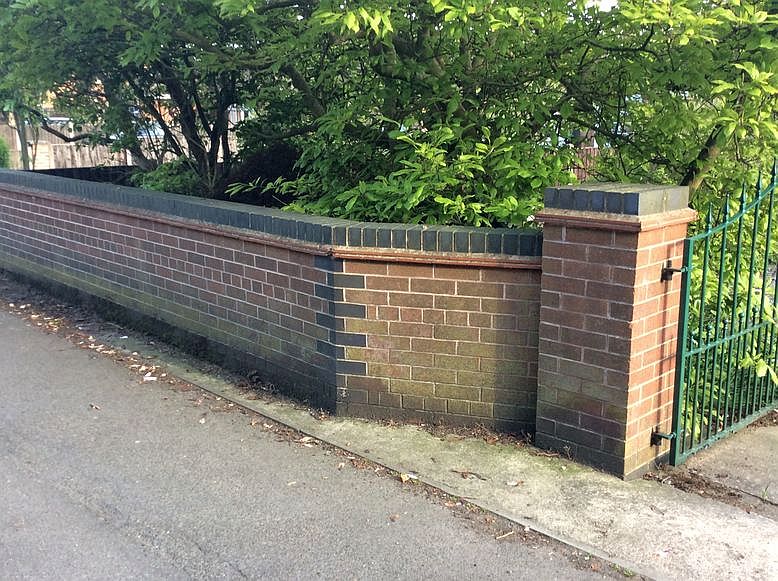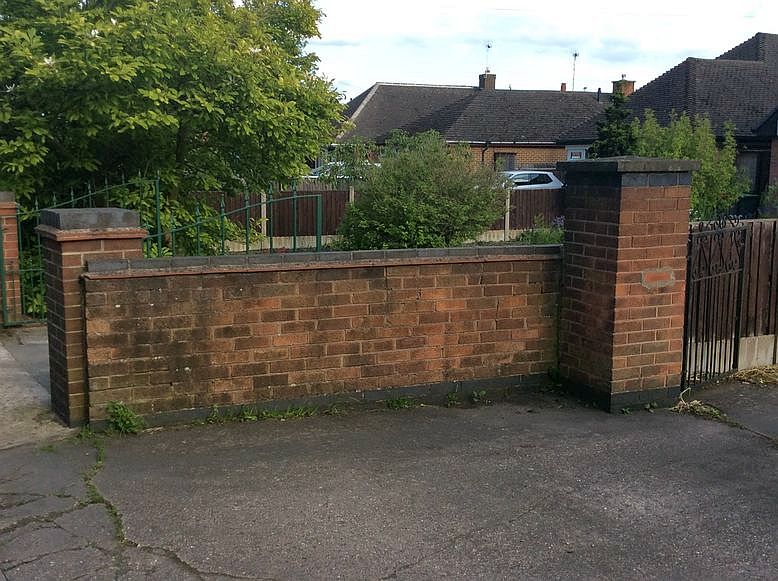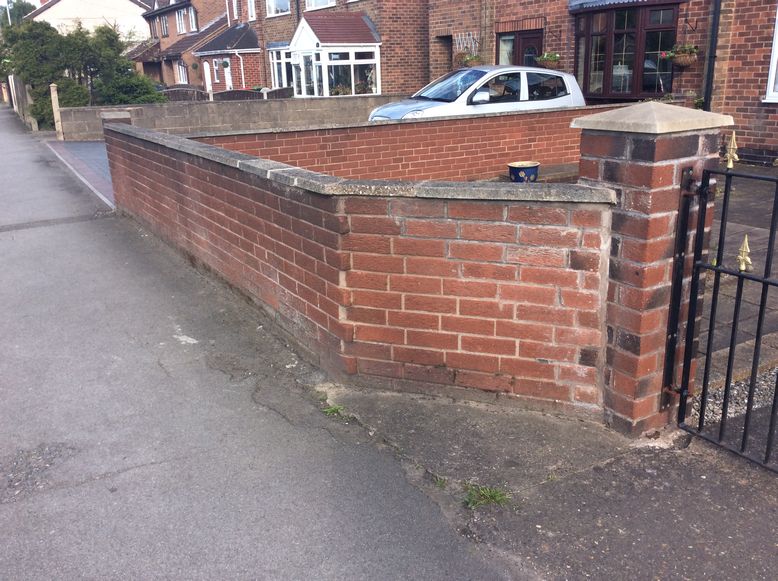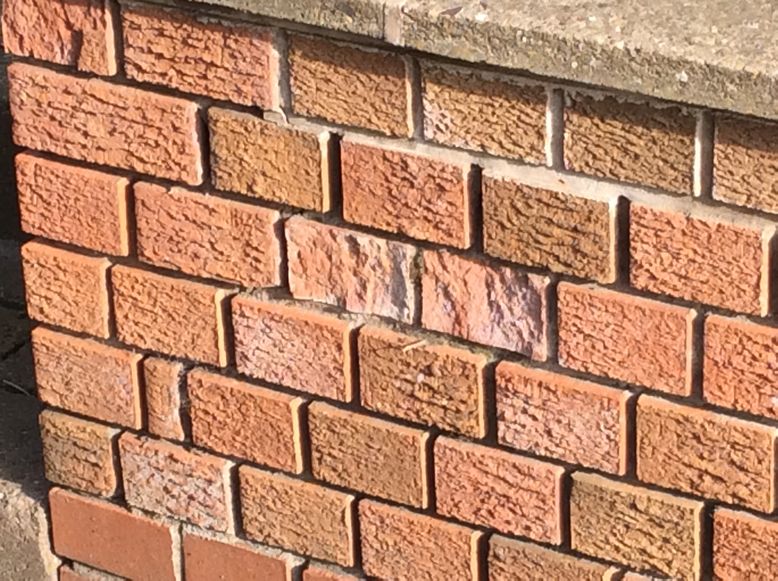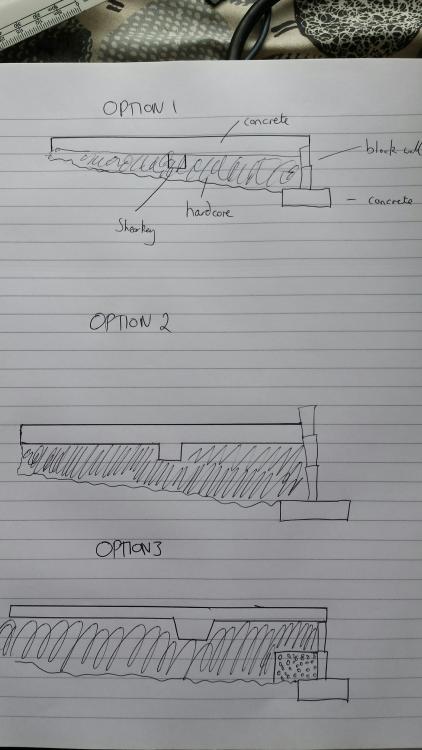Search the Community
Showing results for tags 'dwarf wall'.
-
Hi, I'm hoping for some advice. What problems might I encounter if I build a conservatory on top of an existing dwarf wall that is soaking wet and full of rainwater inside it's cavity? Should I wait until spring when it's completely dry, or can I build upon it now? The dwarf wall consists of red brick on the outer, insulation in the centre (but it has a 2cm gap open to the weather all the way round) and thermal blocks on the inside. Will I get damp problems or some other problem I have not thought about if I put the conservatory on top of it now, rather than wait for warmer dry weather? Thanks.
- 7 replies
-
- conservatory
- dwarf wall
-
(and 1 more)
Tagged with:
-
(This thread is about brick walls - please do not invade it with fences, and hedges - except as garnish for the brick). In a few days I will be having a small front garden wall built ... about 5m x 1m high so 500 or so bricks, in a street of small 1960s bungalows. I did a little wander up my street to crib a few ideas, and these were a few of the walls I have locally. It is a former lane lane which has been absorbed into the near town centre and has buildings from approx 1830 to present. There will hopefully be a longer blog post, but these are a few examples off the type I may be having built. I am looking for comments. The surprise for me is how quickly these deteriorate, especially with the wrong choice of materials - some are looking shoddy after only 25-30 years. IMO brick walls should easily last a century unless there is a requirement not to do so. Here we go. A Nice looking wall, made with facing bricks (like my house) and copers, and basic engineering bricks as DPC. B But it has spalled badly. Do not use facing bricks for a garden wall. C I like this combination of red and blue. 40-50 years old and suffering a little? On the main road with the traffic. D Posh gatepost. Inadequate materials as used in the flats behind. Now badly deteriorated. E Yep.Like it. Recent, and they have trees in the right place, too. But are those facers and will it spall later? F As above, but two or three decades older and now careworn: G Similar with added decoration from blue engineering bricks. English Garden Wall Bond, I think. H Again, with blue decoration included in the paving: I Another variation. Someone did not like the postbox in the gatepost. J A very carefully done piece of architecture imo. That stone wall style used to be the dominant note on the road, and is still the background. What have you done or seen? What will wear best? Feel free to post lots of pictures of garden walls from your area. If there is one fault with the above imo, it is that there is no discernible vernacular in this selection. Ferdinand
- 25 replies
-
- garden wall
- brick wall
-
(and 1 more)
Tagged with:
-
Hi guys, I have a question regarding my garage slab, I'd just like to see what you guys think and also what you may have experience with. I have attached some sketches to help explain this. My garage site is on a slope, it slopes to the back. I dug out and poured at the rear elevation a C35/40 foundation 400-450mm wide and min 200mm deep. I then built a 2 block high wall, I may add a single row of engineering brick along the top to get the level spot on, so this is going to become the rear wall. It was done like this because of the slope, the amount of shuttering and the strength of said shuttering would have been fairly heavy duty and because of the proximity to the neighbours it would mean needing to remove mature hedges to build the shuttering structure - their only stipulation when I said I wanted to build this garage was to leave the hedges, although they are my hedges I have respectfully done this. The rear found and wall also forms a back shear key of sorts to help support the slab and stop it slipping (there will be another mid-point shear key cast as part of the slab). It's all quite well thought out and a civil engineer gave me the design spec but I have got some questions now. I was thinking about the slab and how it will work in relation to this little wall, the next stage would be to attach 6x2/8x2 to the wall running up to the front to form the shuttering. The concrete will then fill the shuttering up to the rear wall, but my concern is that the slab could push upon this wall and potentially push it out in the future if there was any slippage or settlement. So I have decided that I think the slab should sit on top of the small block wall, this would then mean that the rear wall would restart on the slab, and if slippage settlement occurs it would be less likely just to push out the rear wall - instead the wall would move with it. So I would build the shuttering to the back of the wall and let the concrete sit on top of the wall. I would need to insure that the infill was very well whacked to ensure the slab didn't settle on the inside of the wall and crack as it cannot move because of the wall. I was tempted to make up a no-fines concrete and back fill on the inside of the wall so that it was a bigger concrete base. I have sketched out some thoughts and options. I am an engineer so I tend to look at things in every fine detail, but not being a structural/civil engineer I can only start letting my mind run away with ideas and thoughts that I don't have training in.


